Chichén Itzá: A Mayan Destination That Has To Be Seen To Be Believed
Feel like traveling back in time? The wonders of a bygone civilization come to life at Chichén Itzá, on Mexico’s Yucatán Peninsula.
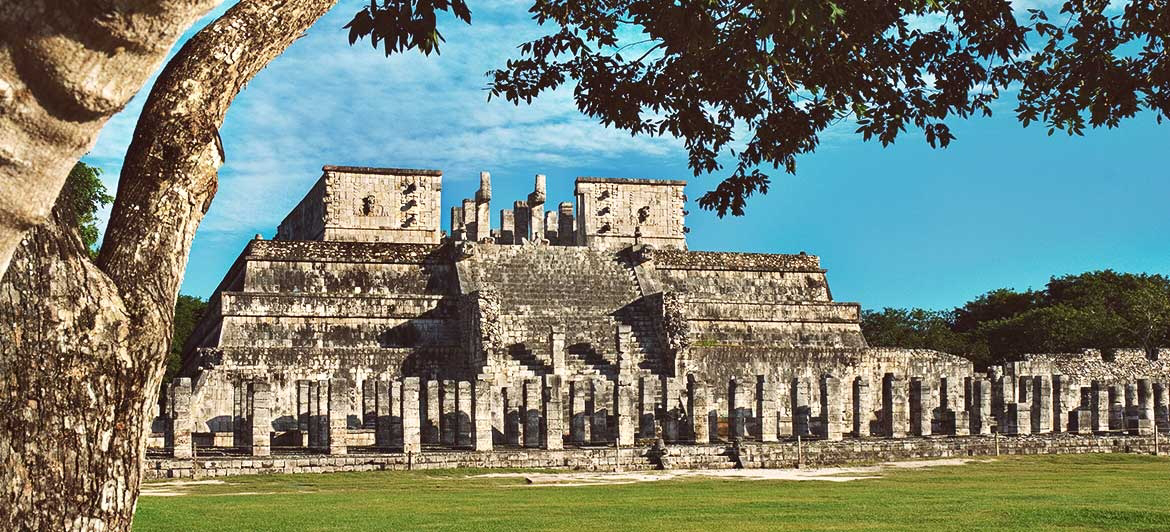
Feel like traveling back in time? The wonders of a bygone civilization come to life at Chichén Itzá, on Mexico’s Yucatán Peninsula.
During your all inclusive vacation at Riviera Maya’s Occidental at Xcaret Destination, Barceló Maya Grand Resort (comprised of Barceló Maya Beach, Barceló Maya Caribe, Barceló Maya Colonial, Barceló Maya Tropical, and the all-suite, AAA Four-Diamond Barceló Maya Palace) or Royal Hideaway Playacar, as well as Cancun’s Occidental Tucancún or Occidental Costa Cancún, take some time to discover this one-of-a-kind historical marvel. One thing is for sure: there’s no place in the world like Chichén Itzá.
Chichén Itzá Facts
- Chichén Itzá, an astounding complex of Mayan ruins on Mexico's Yucatán Peninsula, is now a UNESCO World Heritage Site and was recently named one of the New Seven Wonders of the World, chosen by more than 100 million voters from all over the globe.
- The name “Chichén Itzá” translates to “the mouth at the well of Itzá.” It’s thought to be a reference to water magicians (Itzás), who were a vital part of the Mayan spiritual cosmology.
- Chichén Itzá was one of the largest Mayan cities, standing tall as a cultural and ceremonial capital of the Yucatán Peninsula for close to a millennium. An important economic and religious center, it was here that
- After a period of decline (the cause of which scholars still aren’t sure), Chichén Itzá was largely abandoned following the Spanish conquest in the 1500s, and much of the site was hidden beneath vegetation.
- Explorers in the 1800s re-discovered the city and began excavating, uncovering some of Mexico’s greatest treasures. Amazingly, Chichén Itzá is still revealing its secrets. In 2019, archaeologists announced that they had found a previously unknown cavern that is filled with pristine Mayan artifacts. A holy spot dedicated to the Mayan god Balamkú (or the Jaguar God), it is already causing researchers to rethink many previous assumptions about Mayan culture and religion. Learn more about this new Chichén Itzá via Smithsonian Magazine.
- Today, Chichén Itzá is one of Mexico’s most visited attractions, with more than two million tourists experiencing the past glories of the Mayan civilization every year.
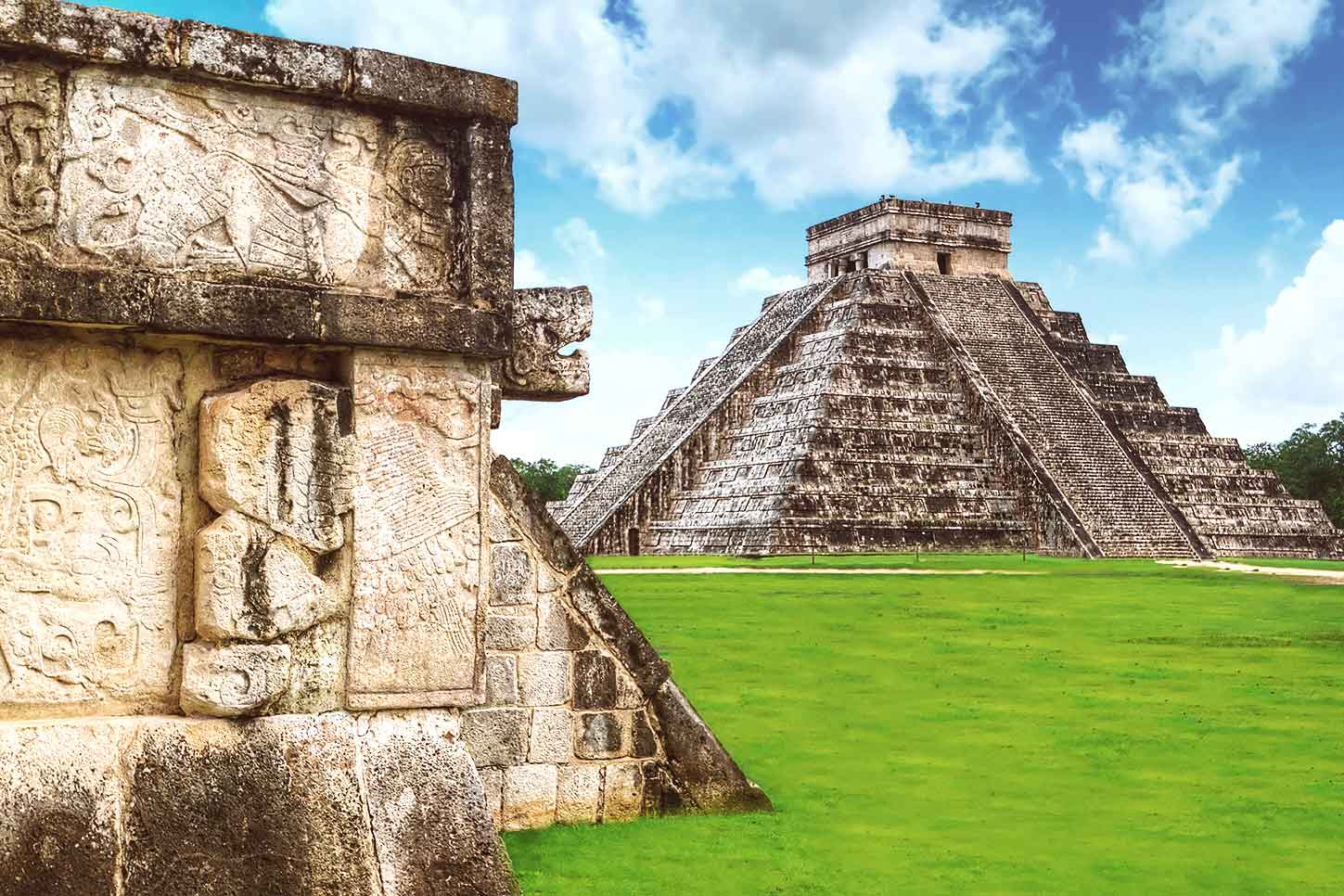
Chichén Itzá Must-Sees
The most impressive and iconic structure here is the 80-foot-tall Pyramid of Kukulcan – also known as El Castillo (The Castle). Built sometime between the ninth and 12th centuries, each of the limestone pyramid’s four sides has 91 steps, and they’re adorned with intricate carvings of feathered serpents. The pyramid is positioned so that on the spring and autumn equinoxes, the serpents cast shadows that create an amazing “wriggling” effect. (Note: In order to preserve it for future generations, you can no longer climb on the Pyramid of Kukulcan).
You can also check out the largest Mayan ballcourt, with incredible sculptures that showcase the artistic prowess of the culture. Measuring over 160 meters long and 70 meters wide, the ballcourt played host to a game called Pok Ta Pok. The stakes were high – it’s thought that the captain of the team that made the first successful shot was decapitated as a sacrifice to the gods (it was considered an honor).
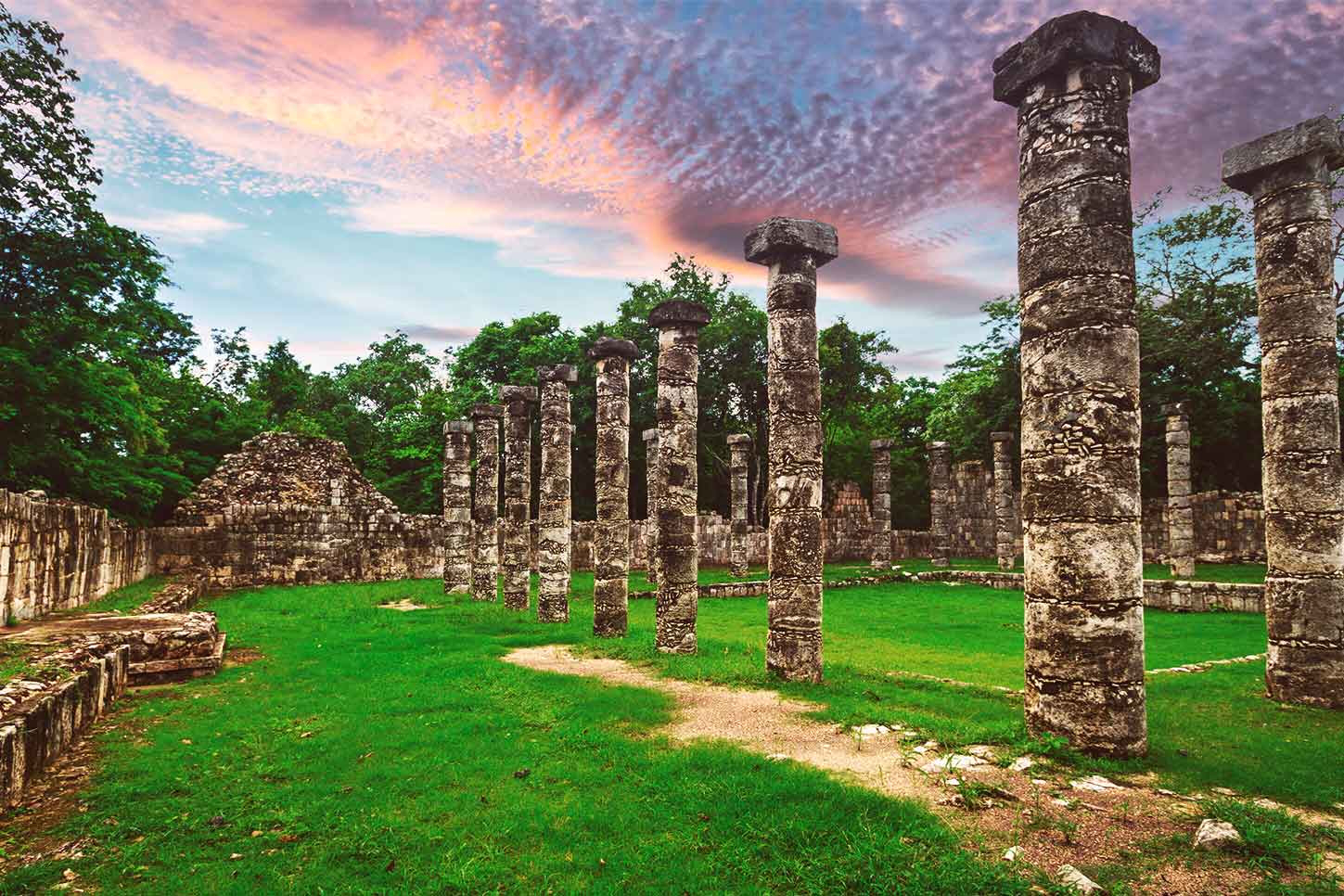
Attached to the ballcourt complex is the Temple of the Jaguars, so named for its dazzling stone jaguar sculpture, surrounded by marvelously preserved murals and engravings. The Mayans were incredible artisans and craftspeople, and the Temple of the Jaguars is one of the best places to witness their creativity.
Finally, don’t miss the incredible Cenote Sagrado, a 60-meter sinkhole that was considered sacred by the Mayan people. Over the years, untold treasures of gold and jade have been found in the cenote, which were thrown in as offerings to the Chaac, the Mayan god of rain.
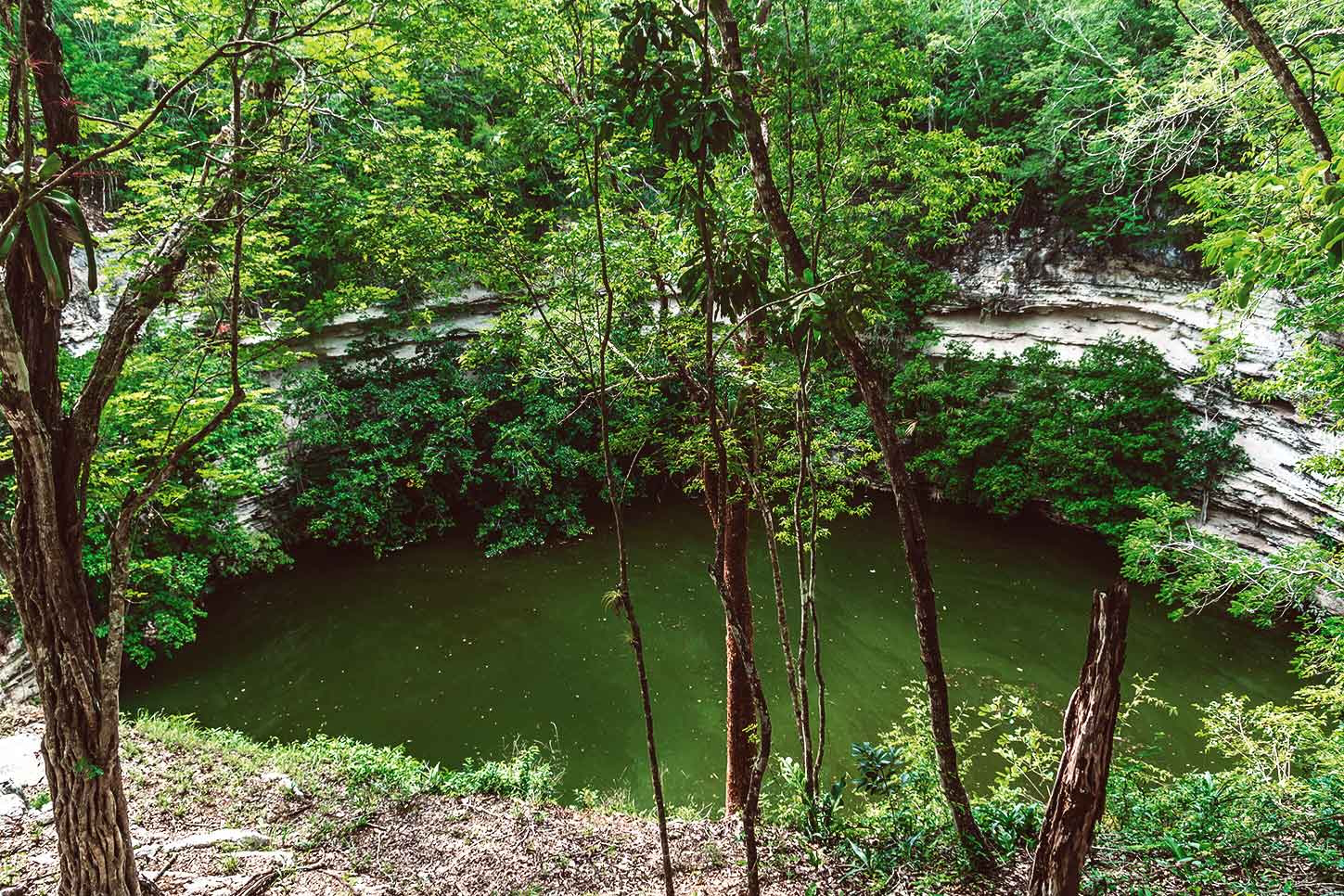
Experience Chichén Itzá
Occidental Tucancún makes it easy to explore Chichén Itzá. The hotel’s tour includes: Transport, an expert bilingual guide, admission to the cenote and ruins, breakfast and buffet dinner, and drinks on the bus (beer, coffee and soft drinks). It’s the perfect day trip during your all-inclusive Occidental Tucancún getaway. Meanwhile, Vacacciones Barcelo offers a Chichén Itzá Plus experience. On a roundtrip guided trip, you’ll have plenty of time to wander the site’s best spots. But you’ll also visit the impressive Hubikú Cenote, one of the largest in the Yucatan Peninsula, as well as the nearby colonial city of Valladolid, where you can sample authentic Riviera Maya cuisine, swim in one of several cenotes and visit the beautiful Convent of San Bernardino of Siena.
When To Visit Chichén Itzá
There’s no bad time to discover the wonders of Chichén Itzá. But November through April is generally the best time to visit. Then, you’ll avoid the rainy season and the coldest months, making it easy to explore and experience Mayan culture at its grandest.
When visiting Chichén Itzá, be sure to respect this delicate historic environment. That way, generations to come will be able to enjoy and appreciate it.
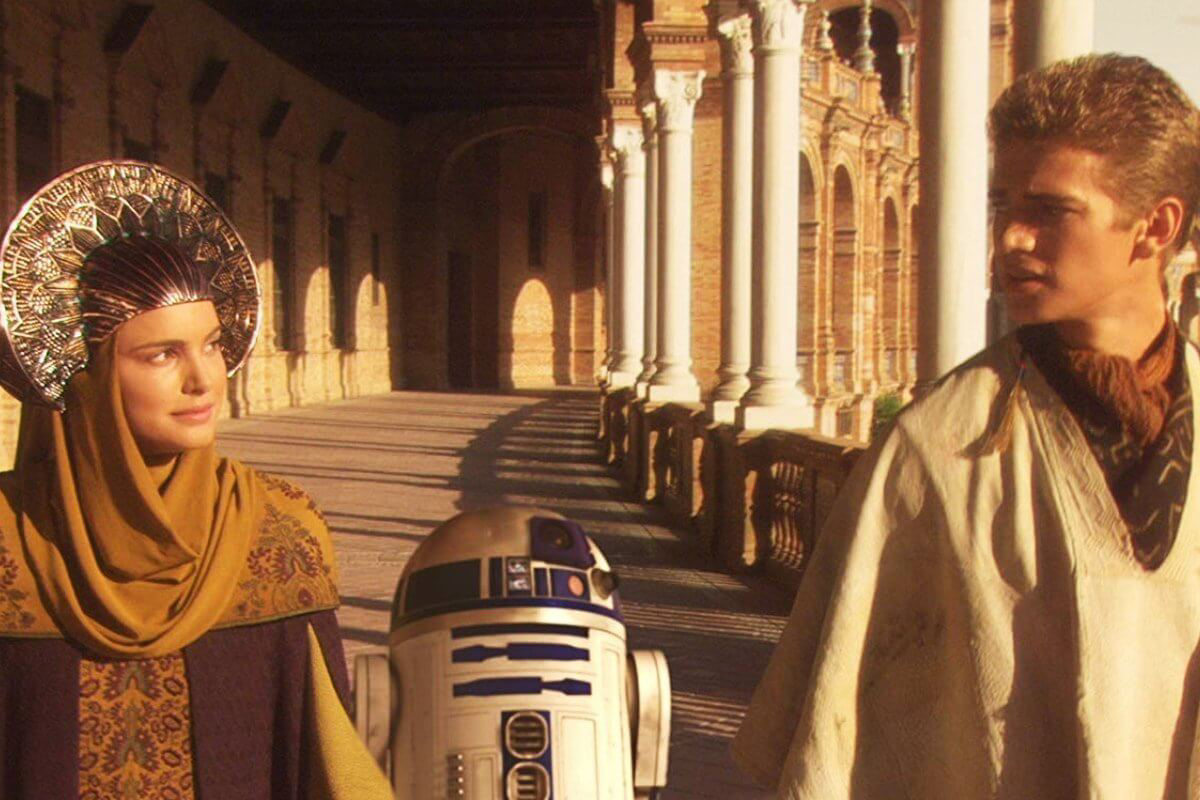

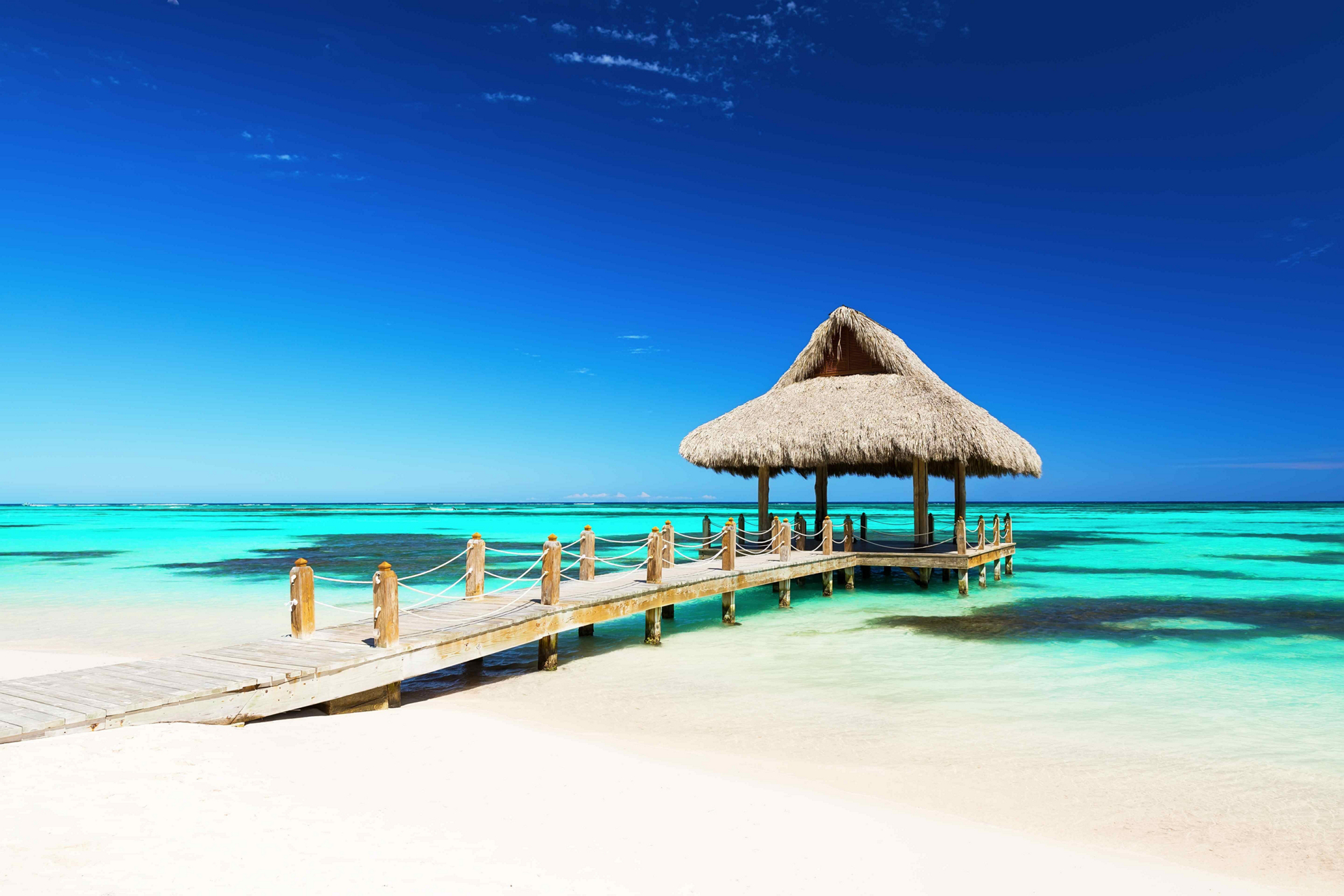
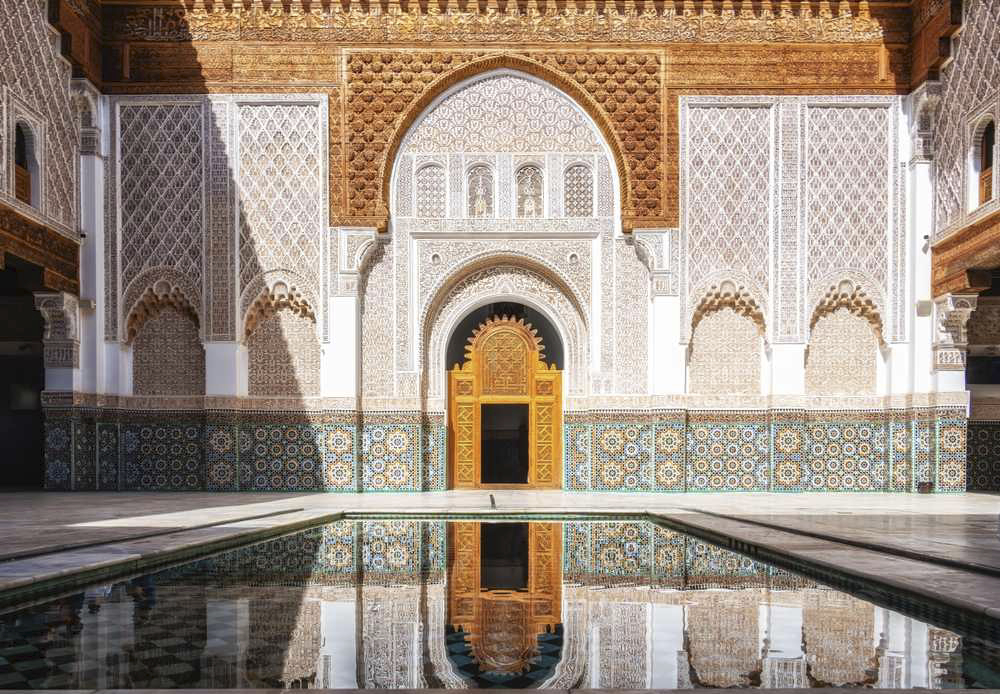
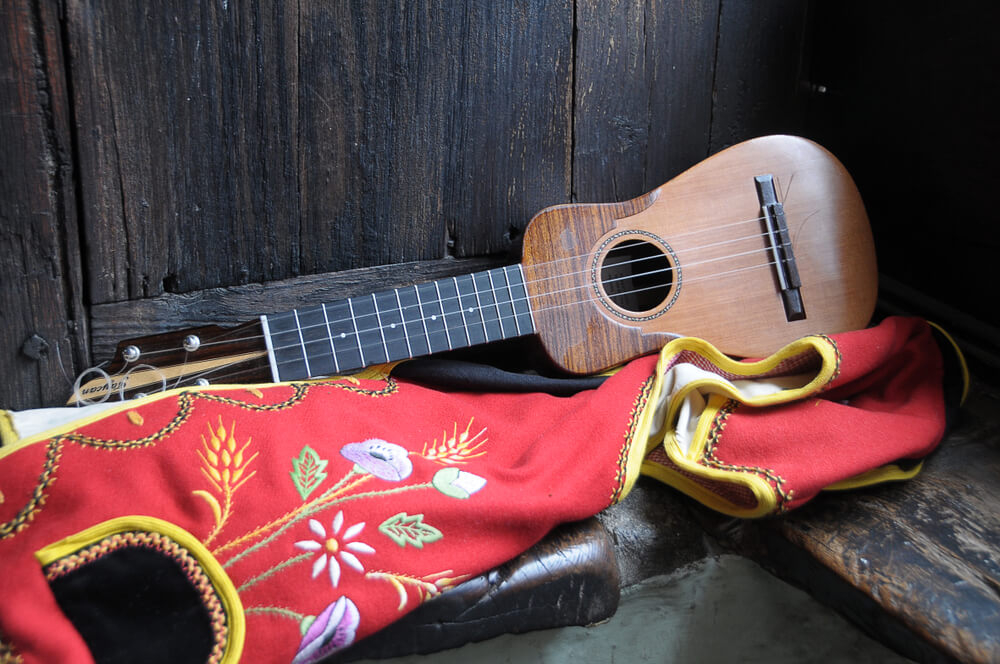
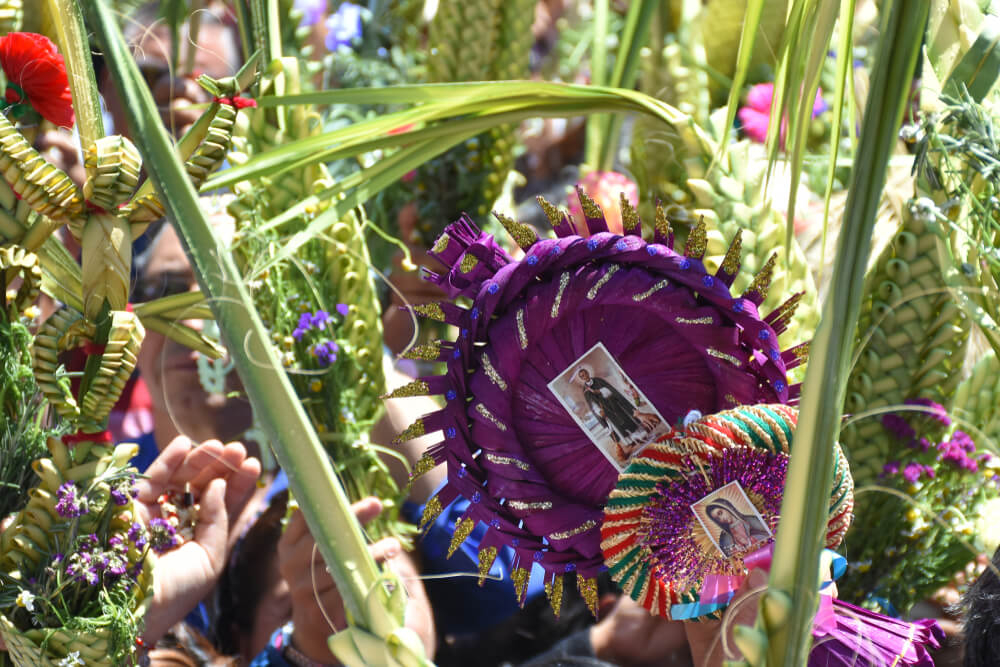


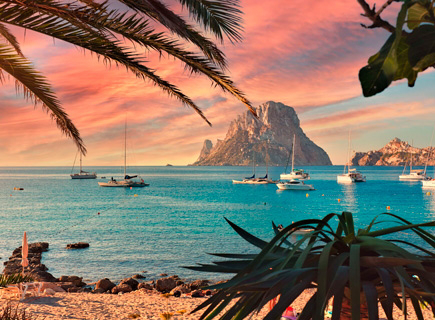
_435x320?&)
